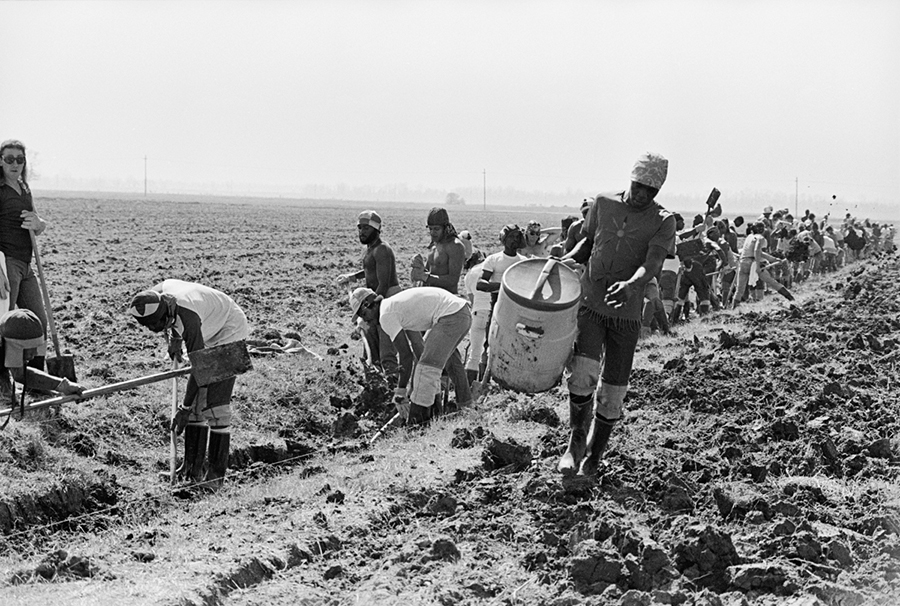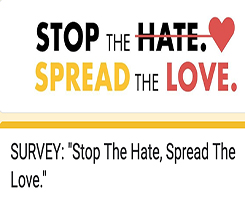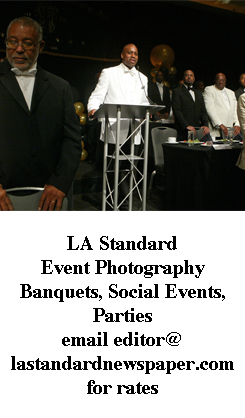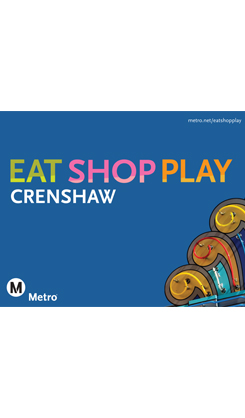This photography exhibit sheds light on a prison system that continues to have parallels to slavery.
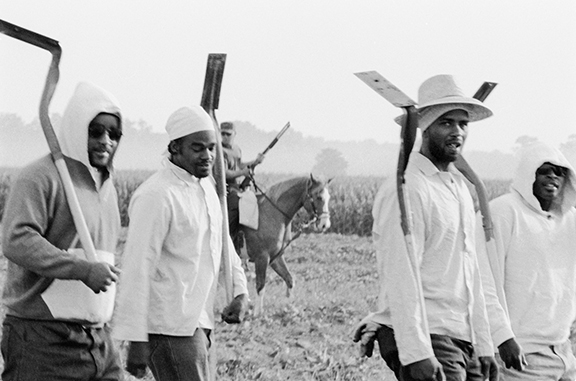
Photographers Keith Calhoun and Chandra McCormick have spent more than 30 years documenting what some call “a modern day slave plantation,” and their work is on display at Art + Practice in Leimert Park Village in an exhibit titled, “Slavery, The Prison Industrial Complex: Photographs by Keith Calhoun and Chandra McCormick.”
Calhoun and McCormick were both born and raised in the Lower 9th Ward of New Orleans, Louisiana. As a husband and wife team, they have been documenting Louisiana and its people for decades, including the affects that the Louisiana State Penitentiary, known as Angola, has had on Black communities.
Angola is the largest maximum-security facility in the United States, housing over 6,000 inmates. Roughly 75 percent of those incarcerated are African American, and the penitentiary has been ingrained in the lives of Black people living in the state.
“When I grew up in New Orleans, Angola was a way of life for a lot of people in the neighborhood that I grew up in,” Calhoun said. “For most young Black men in New Orleans, Angola was almost a part of your family. Someone in your family had been there, so you hear about it growing up. You practiced how to fight so that you would be able to handle yourself if you went to prison. There were always bus rides there every weekend to get there. It was always part of our life.”
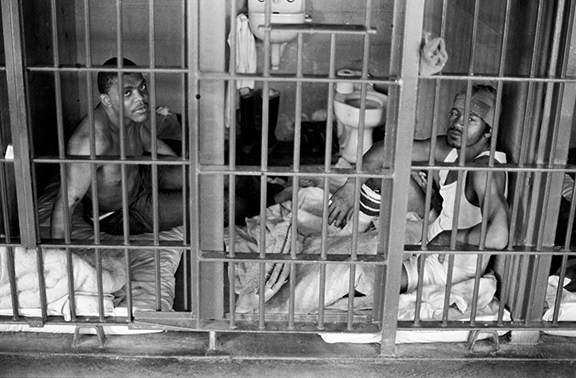
Since 1980, Calhoun and McCormick have made regular visits to Angola, which is also called “The Farm” because it continues to grow cash crops—as much as four million pounds a year—using inmate labor. Cotton, tobacco, and sugar cane are the main crops. The prisoners are forced into hard labor and monitored closely by armed and mostly White guards on horseback. The prisoners earn only $.02 per hour.
Judging by Calhoun and McCormick’s photographs, Angola appears to be frozen in time as it resembles a slave plantation, which is what that land was used for before the Civil War. The prison was founded on what was the consolidated land of several cotton and sugarcane plantations, and the slaves who tended that land came from the African country Angola. Over the years not much has changed on these lands, as Black men continue to struggle through labor-intensive workdays without being properly compensated.
Calhoun and McCormick documented the lives of the inmates from their cells and furlough visits to their work in fields. “Slavery, The Prison Industrial Complex” includes 22 of their poignant, mostly black-and-white images and two videos, which record the exploitation of the men incarcerated within the maximum-security prison farm while also showcasing the prisoners’ humanity and individual narratives. The exhibition sheds light on the cracks within the country’s criminal justice system and restores visibility to a population often forgotten by the public at large.
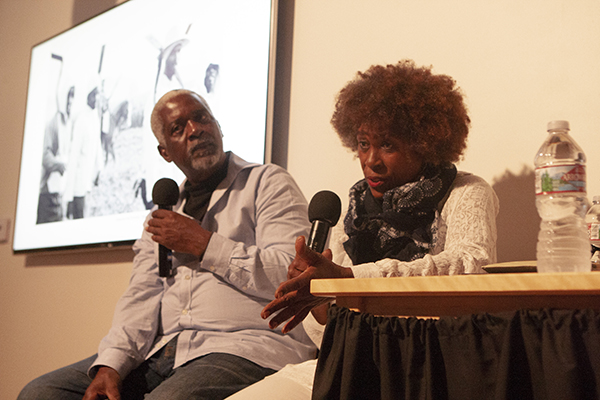
Largely self-taught, Calhoun and McCormick began their artistic careers photographing festivals, second line parades, and neighborhood gatherings in New Orleans. In 2005, many of their negatives spanning three decades of work were damaged by Hurricane Katrina’s floodwaters. Years later, they printed the negatives and incorporated the mold and mildew blooms into the work, which produced abstract effects, shadows of other works, and layers of interpretation.
The post-Katrina recovery process led the couple to increase their community engagement efforts. Their intimate understanding of prison culture and the importance of intervention before incarceration has informed their activism not only on behalf of individuals directly involved with correctional facilities, but also in their own New Orleans community, where they teach photography to at-risk youth and have made their studio a welcoming environment in the neighborhood.
“Slavery, The Prison Industrial Complex” will be on display at Art + Practice through January 5, 2019. The museum is located at 3401 W. 43rd Place. Hours are Monday - Saturday: 12:00 p.m. – 6:00 p.m., and the admission is free. For more information, contact them at (323) 337-6887 or visit www.artandpractice.org. Also find them on Facebook, Instagram, and Twitter.
Support local, Black-owned businesses! Compubase Printing is located at 3847 Crenshaw Blvd.



